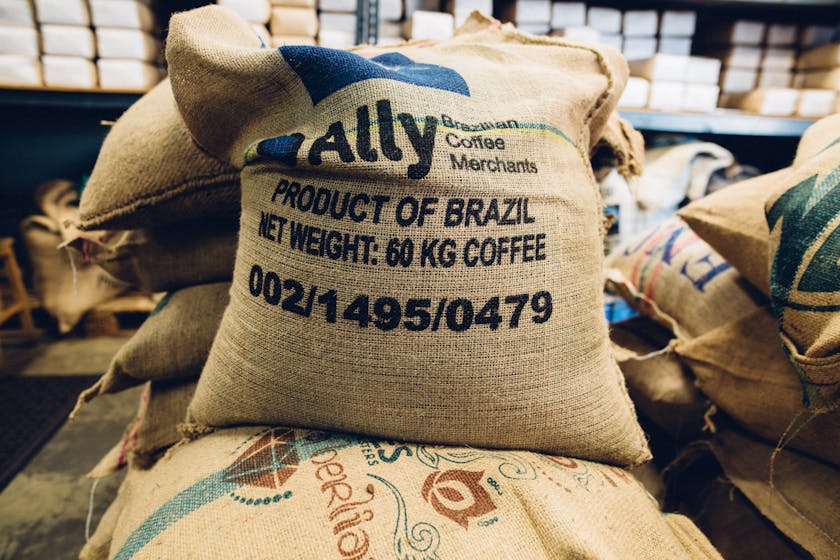When considering bulk meal storage for emergency preparedness, once-a-month cooking can be a game-changer. This method not only saves time but also ensures that you have a variety of meals ready at a moment’s notice should an emergency arise. Here’s how to implement this strategy effectively.
The Importance of Bulk Meal Storage
Bulk meal storage is essential for any emergency preparedness plan. By preparing meals ahead of time, you can reduce the stress associated with potential disasters, whether they be natural or man-made. The key is to focus on meals that are nutritious, easy to store, and simple to prepare.
Planning Your Once-a-Month Cooking Session
Start by planning a menu that includes a variety of meals to avoid palate fatigue. Consider dietary restrictions and preferences to ensure that everyone in your household is catered for. Once the menu is set, compile a comprehensive shopping list and purchase ingredients in bulk, which is often more cost-effective.
Preparing and Cooking in Bulk
Set aside a day for cooking and follow your planned recipes. To make the process more efficient, cook multiple batches of the same dish, which can then be portioned and stored. Use slow cookers, pressure cookers, or ovens to prepare large quantities of food at once.
Packaging and Storing Your Meals
After cooking, allow your meals to cool before dividing them into meal-sized portions. Vacuum sealing is a great option for extending the shelf life of your meals. Label each package with the contents and the date prepared before placing them in the freezer or another cool, dry storage area.
Freezing Techniques for Long-Term Storage
Freezing is one of the most effective methods for bulk meal storage. To prevent freezer burn and preserve the quality of your meals, ensure that all air is removed from the packaging and that your freezer is set to the correct temperature.
Rotating Your Emergency Meal Stock
It is important to periodically rotate your stock to ensure that your meals remain fresh and to avoid waste. Incorporate these stored meals into your regular meal planning, replacing them with freshly prepared batches to maintain a constant supply of emergency meals.
Reheating and Serving Your Stored Meals
In the event of an emergency, you will want to have several reheating options available. This could include using a gas stove, solar oven, or even a barbecue. Ensure that you are familiar with these methods before an emergency occurs.
Once-a-month cooking and bulk meal storage can significantly enhance your emergency preparedness efforts. By incorporating these practices into your regular routine, you can ensure that you are always ready to face unforeseen events with a well-stocked and diverse supply of meals.



